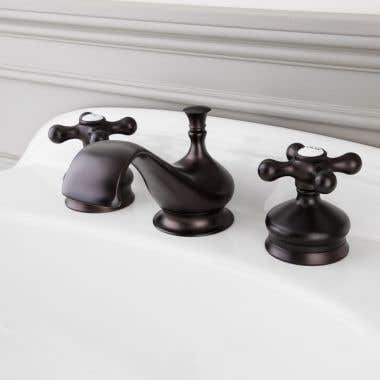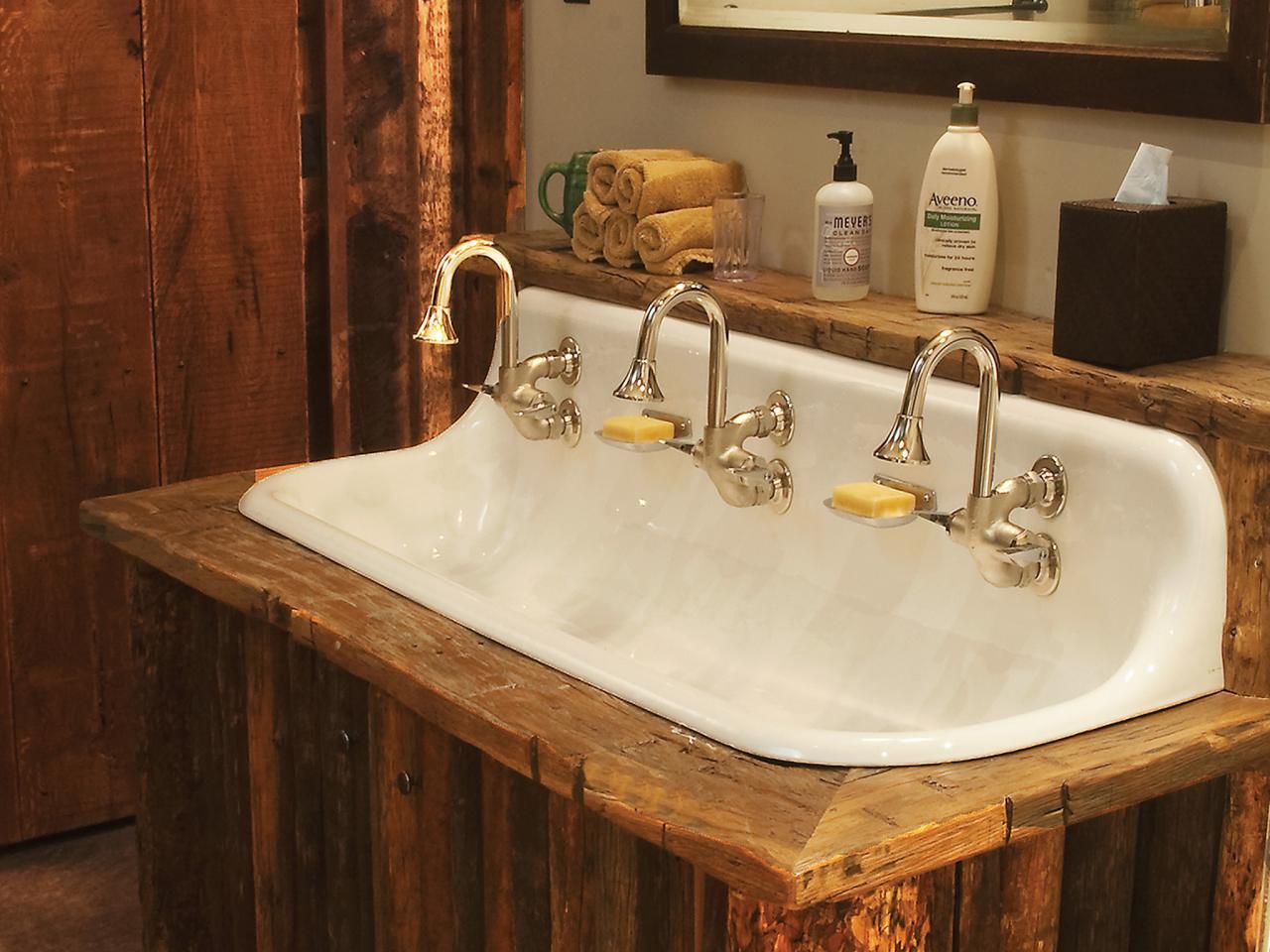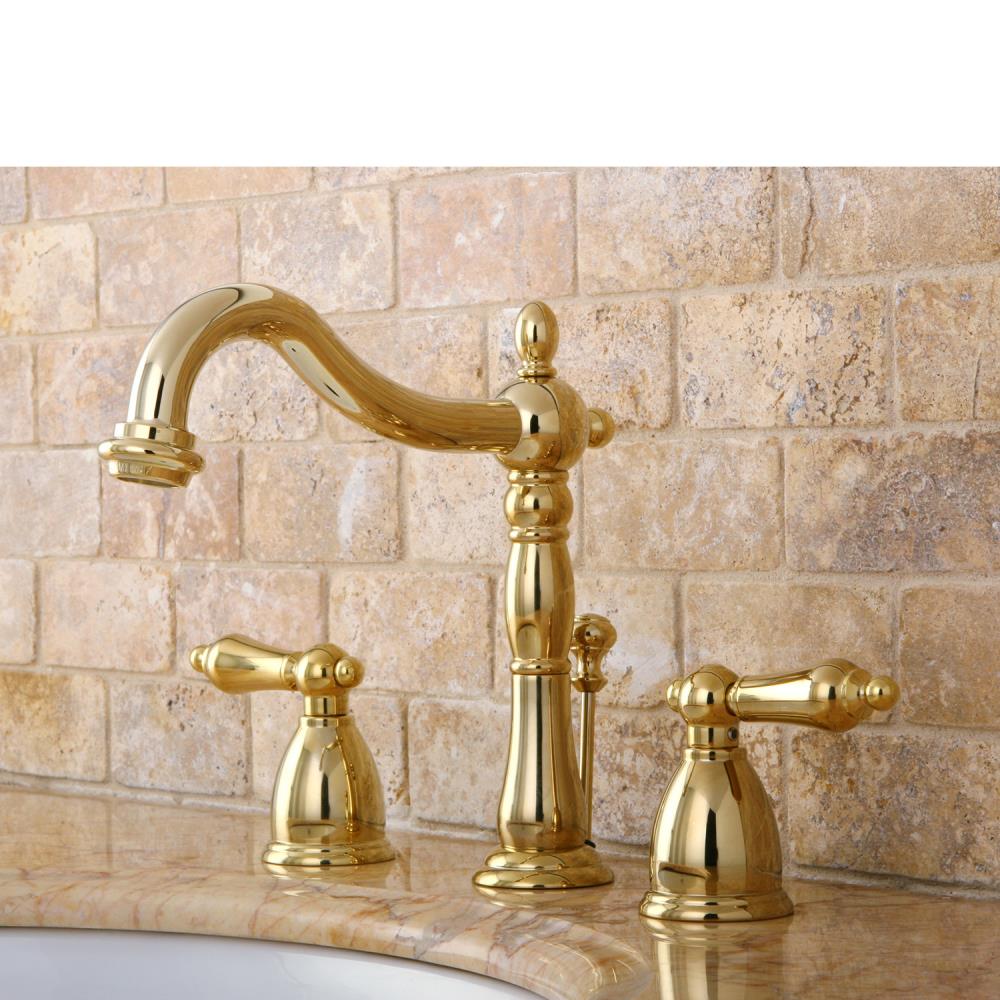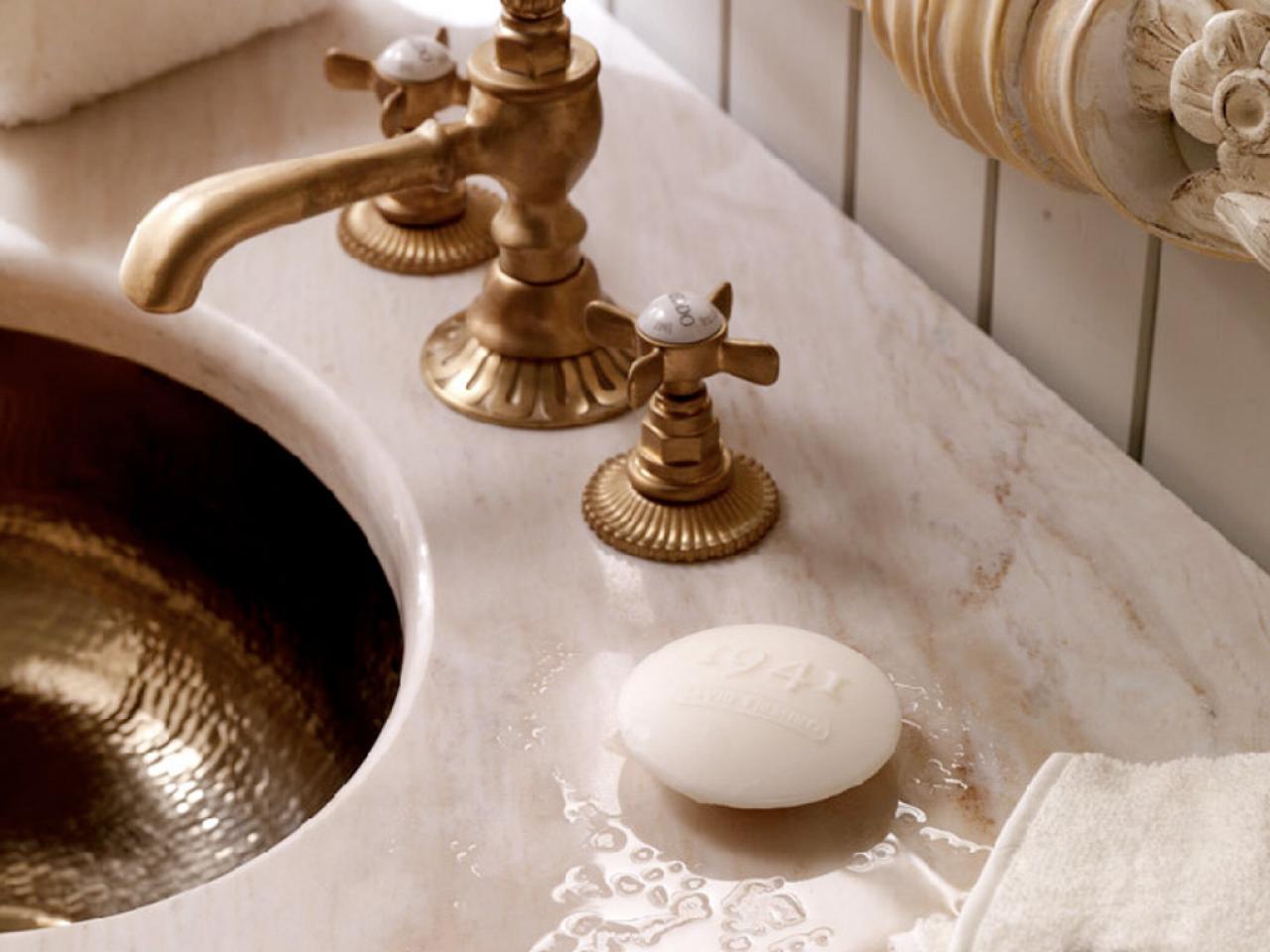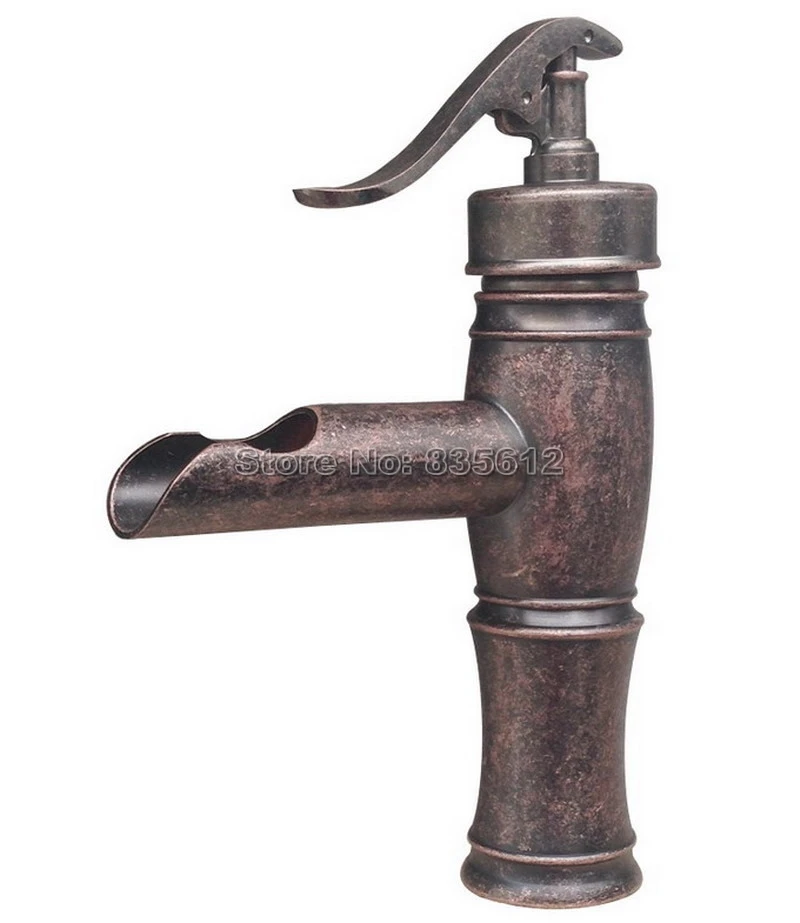Antique-Looking Bathroom Faucets: A Timeless Design Choice
In the world of interior design, some trends come and go, but certain styles remain timeless. Antique-looking bathroom faucets are a perfect example of this enduring appeal. With their classic designs and intricate details, these faucets can transform any bathroom into a luxurious, vintage-inspired space. Whether you’re renovating an old home or simply want to add a touch of elegance to a modern bathroom, antique-looking faucets offer a perfect blend of style and functionality.
- The Allure of Antique Designs: The charm of antique-looking bathroom faucets lies in their intricate designs and craftsmanship. These faucets often feature detailed engravings, ornate handles, and curved spouts that harken back to a time when attention to detail was paramount. This level of craftsmanship not only adds a touch of luxury to your bathroom but also creates a sense of history and nostalgia. For homeowners who appreciate the beauty of classic design, antique-looking faucets offer a unique and timeless appeal.
- Versatility in Design: One of the great advantages of antique-looking faucets is their versatility. While they are often associated with traditional or vintage bathrooms, these faucets can also be seamlessly integrated into more contemporary designs. Whether your bathroom features a clawfoot tub, a pedestal sink, or a modern vanity, there is an antique faucet that can complement and enhance the overall aesthetic. This versatility makes antique-looking faucets a popular choice for designers and homeowners alike.
- A Wide Range of Options: When it comes to antique-looking bathroom faucets, the options are nearly endless. From Victorian-inspired designs with elaborate detailing to simpler, more rustic options, there is a faucet to suit every taste and style. These faucets are available in a variety of finishes, including brass, bronze, copper, and nickel, allowing you to choose the perfect look for your bathroom. Additionally, many manufacturers offer custom designs, enabling you to create a truly one-of-a-kind fixture.
- Durability and Quality: Antique-looking faucets are not just about aesthetics; they are also built to last. Many of these faucets are made from high-quality materials like solid brass or copper, ensuring that they are durable and long-lasting. Unlike cheaper, mass-produced options, antique-looking faucets are often crafted with care and attention to detail, resulting in a product that is both beautiful and reliable. This focus on quality makes antique-looking faucets a smart investment for any bathroom renovation.
- Enhancing the Bathroom Experience: Beyond their visual appeal, antique-looking faucets can enhance the overall bathroom experience. The weight and feel of a well-crafted faucet handle, the smooth operation of the valves, and the steady flow of water all contribute to a sense of luxury and comfort. These faucets not only look beautiful but also function flawlessly, providing a pleasurable and satisfying user experience. For those who value both form and function, antique-looking faucets are an ideal choice.
- An Investment in Timeless Style: Choosing an antique-looking bathroom faucet is more than just a design decision; it’s an investment in timeless style. While other trends may fade, the classic appeal of antique designs endures. By incorporating an antique-looking faucet into your bathroom, you’re creating a space that will remain stylish and elegant for years to come. Whether you’re planning a full renovation or just looking to update a few key elements, an antique-looking faucet is a worthwhile addition that will stand the test of time.

Understanding Different Styles of Antique Faucets
Antique-looking bathroom faucets come in a variety of styles, each with its own unique charm and character. Understanding the different styles available can help you choose the perfect faucet to match your bathroom’s aesthetic. From the opulence of Victorian designs to the rustic appeal of farmhouse styles, there is an antique faucet for every taste. Here, we’ll explore some of the most popular styles and what makes each one special.
Victorian Faucets: Ornate and Elegant
Victorian-style faucets are perhaps the most recognizable type of antique bathroom fixture. Characterized by their ornate designs, these faucets often feature intricate engravings, detailed handles, and curved spouts. The Victorian era was known for its emphasis on luxury and opulence, and these faucets reflect that with their elaborate detailing and rich finishes. Whether in polished brass, oil-rubbed bronze, or aged copper, Victorian faucets add a touch of old-world elegance to any bathroom.
Edwardian Faucets: A Subtle Sophistication
Following the Victorian era, the Edwardian period brought a shift toward more subtle and refined designs. Edwardian-style faucets retain the elegance of their predecessors but with a more understated approach. These faucets often feature simpler lines, rounded edges, and less ornate detailing. The focus is on functionality and sophistication, making Edwardian faucets a great choice for those who appreciate classic design without the extravagance of the Victorian style.
Art Deco Faucets: Geometric and Glamorous
The Art Deco movement of the 1920s and 1930s introduced a new style of faucet that was bold, geometric, and glamorous. Art Deco faucets are characterized by their strong lines, angular shapes, and often symmetrical designs. These faucets often incorporate luxurious materials like chrome and nickel, with finishes that emphasize shine and reflectivity. Art Deco faucets are perfect for those who want to make a statement with their bathroom design, combining antique charm with modern flair.
Farmhouse Faucets: Rustic and Warm
For those who prefer a more rustic and down-to-earth look, farmhouse-style faucets offer a charming and cozy aesthetic. These faucets often feature simple, sturdy designs with cross handles and spouts that have a more industrial feel. The finishes are usually more muted, with options like brushed nickel, oil-rubbed bronze, and antique brass being popular choices. Farmhouse faucets bring a sense of warmth and comfort to the bathroom, making them ideal for country-style or rustic-inspired spaces.
Industrial Faucets: Functional and Minimalist
Industrial-style faucets draw inspiration from the utilitarian designs of factories and workshops. These faucets often feature exposed piping, wheel handles, and a focus on functionality. The design is typically minimalist, with clean lines and a rugged appearance. Finishes like matte black, stainless steel, and brushed nickel are common, adding to the industrial feel. Industrial faucets are perfect for modern bathrooms with a vintage twist, offering a unique and edgy aesthetic.
Classic Faucets: Timeless and Versatile
Classic antique-looking faucets are those that don’t fit neatly into any one style but instead, offer a timeless and versatile design. These faucets often combine elements from different eras, creating a look that is both familiar and fresh. Whether it’s a combination of Victorian elegance with Edwardian simplicity or a mix of Art Deco glamour with industrial functionality, classic faucets are designed to suit a wide range of bathroom styles. Their adaptability makes them a popular choice for homeowners looking for a faucet that will remain stylish for years to come.
Choosing the Right Finish for Your Antique Faucet
The finish of your antique-looking bathroom faucet is just as important as its design. The right finish can enhance the overall aesthetic of your bathroom, complement other fixtures, and even affect the faucet’s durability and maintenance. With a variety of finishes available, it’s essential to choose one that aligns with your style preferences and practical needs. In this section, we’ll explore some popular finishes for antique faucets and how to select the best one for your space.
Polished Brass: Classic and Luxurious
Polished brass is a popular choice for those looking to add a touch of luxury to their bathroom. This finish is characterized by its bright, golden hue and shiny, reflective surface. Polished brass faucets exude a classic, timeless appeal and are often associated with Victorian and Edwardian styles. While they require regular maintenance to prevent tarnishing and maintain their luster, the elegant look of polished brass makes it a worthwhile choice for many homeowners.
Oil-Rubbed Bronze: Warm and Rustic
Oil-rubbed bronze is a finish that offers a warm, rustic look, making it ideal for farmhouse or traditional-style bathrooms. This finish features a dark, almost black surface with subtle copper undertones that become more pronounced over time. The appeal of oil-rubbed bronze lies in its aged, antique appearance, which adds character and depth to the faucet. Additionally, this finish is low-maintenance and resistant to fingerprints and water spots, making it a practical choice for busy bathrooms.
Antique Copper: Rich and Distinctive
Antique copper is a distinctive finish that adds a rich, warm tone to your bathroom fixtures. This finish is often characterized by a deep, reddish-brown color with a slightly weathered appearance. Antique copper faucets are perfect for creating a vintage or rustic look and pair well with earthy tones and natural materials. Over time, this finish may develop a natural patina, enhancing its aged appearance and adding to its charm. It’s an excellent choice for those looking for a unique and eye-catching faucet finish.
Brushed Nickel: Subtle and Versatile
Brushed nickel is a versatile finish that works well with a variety of bathroom styles, from traditional to modern. This finish has a soft, matte appearance with a slightly textured surface that reduces the appearance of fingerprints and water spots. Brushed nickel’s subtle, understated look makes it a popular choice for those who prefer a more neutral and versatile option. It pairs well with other finishes and colors, making it easy to coordinate with existing bathroom fixtures.
Chrome: Sleek and Modern
Chrome is a sleek, shiny finish that is often associated with modern and Art Deco designs. This finish is highly reflective, giving the faucet a clean, polished look. Chrome is also one of the most durable and easy-to-clean finishes, making it a practical choice for busy bathrooms. While it can show water spots and fingerprints more easily than other finishes, its low maintenance and contemporary appeal make it a popular choice for both modern and vintage-inspired bathrooms.
Aged Pewter: Soft and Subdued
Aged pewter is a finish that offers a soft, subdued look with a slightly antiqued appearance. This finish has a muted, grayish-silver tone that works well in traditional and rustic-style bathrooms. Aged pewter faucets provide a sense of warmth and sophistication without being overly flashy. This finish is also relatively low-maintenance, as it doesn’t show water spots or fingerprints as easily as some other finishes. For those seeking a timeless, elegant look with a touch of vintage charm, aged pewter is an excellent option.
Pairing Antique Faucets with Modern Bathroom Designs
Combining antique-looking bathroom faucets with modern bathroom designs can create a unique and visually appealing space that blends the best of both worlds. The contrast between vintage-inspired fixtures and contemporary elements can result in a bathroom that feels both timeless and current. However, achieving the perfect balance requires careful consideration of style, color, and materials. In this section, we’ll explore how to successfully pair antique faucets with modern bathroom designs.
Creating a Focal Point
One of the key benefits of incorporating antique faucets into a modern bathroom design is the ability to create a striking focal point. Antique-looking faucets, with their intricate details and classic finishes, can stand out against a backdrop of sleek, minimalist surfaces. For example, pairing a Victorian-style faucet with a simple, white porcelain sink can draw attention to the faucet’s craftsmanship, making it the centerpiece of the bathroom. This approach allows you to showcase the beauty of the antique faucet while maintaining a clean, modern aesthetic.
Mixing Materials and Textures
To successfully blend antique faucets with modern design elements, consider mixing materials and textures. For instance, an oil-rubbed bronze faucet can add warmth and contrast to a bathroom with cool, modern materials like glass, concrete, or stainless steel. Similarly, a polished brass faucet can bring a touch of luxury to a bathroom with matte finishes and natural stone surfaces. By combining different materials and textures, you can create a harmonious and balanced design that highlights the antique faucet without overwhelming the space.
Playing with Color Schemes
Color plays a crucial role in merging antique and modern styles. When pairing antique faucets with modern bathroom designs, consider using a neutral color palette as a backdrop. Shades of white, gray, and beige can provide a clean canvas that allows the faucet’s finish to shine. Alternatively, you can create a bold contrast by pairing a dark, antique faucet with light-colored walls and fixtures. The key is to ensure that the colors complement each other, creating a cohesive look that ties the different elements of the bathroom together.
Incorporating Contemporary Fixtures
While the faucet may have an antique look, the rest of the bathroom fixtures and fittings can be decidedly modern. Consider pairing your antique faucet with a sleek, modern bathtub, a frameless glass shower enclosure, or a minimalist vanity. The juxtaposition of old and new can create a dynamic and interesting design that feels both sophisticated and fresh. This approach allows you to enjoy the charm of antique design without sacrificing the functionality and convenience of modern fixtures.
Emphasizing Minimalism
In a modern bathroom, less is often more. When incorporating an antique faucet, focus on simplicity and restraint in the rest of the design. Choose modern elements with clean lines and minimal ornamentation to allow the antique faucet to take center stage. For example, a streamlined vanity with flat-front cabinets and a simple mirror can provide the perfect backdrop for a more ornate faucet. This minimalist approach ensures that the bathroom remains uncluttered and functional while still featuring a touch of vintage elegance.
Balancing Functionality and Style
While aesthetic considerations are important, it’s also essential to balance functionality and style when pairing antique faucets with modern bathroom designs. Ensure that the faucet you choose is compatible with the other fixtures in your bathroom, such as the sink and plumbing system. Additionally, consider the practical aspects of using an antique faucet in a modern setting, such as water pressure, ease of use, and maintenance requirements. By carefully selecting a faucet that meets both your design and functional needs, you can create a bathroom that is as practical as it is beautiful.
Installation Tips for Antique-Looking Faucets
Installing antique-looking bathroom faucets requires careful planning and attention to detail to ensure that the fixtures are both secure and aesthetically pleasing. Whether you’re replacing an existing faucet or installing a new one as part of a bathroom renovation, following the proper installation steps is essential for achieving a professional result. In this section, we’ll provide tips and guidance on how to successfully install antique-looking faucets in your bathroom.
Preparing the Installation Area
Before you begin the installation process, it’s important to prepare the area where the faucet will be installed. Start by turning off the water supply to the bathroom to prevent any leaks or water damage. Next, remove any old faucets or fixtures that are being replaced. Clean the sink or countertop thoroughly to remove any dirt, debris, or old caulking that could interfere with the new faucet installation. Having a clean and clear workspace will make the installation process smoother and more efficient.
Ensuring Compatibility
When installing an antique-looking faucet, it’s crucial to ensure that the fixture is compatible with your existing plumbing system. Check the size and configuration of the faucet’s connections to make sure they match your bathroom’s water supply lines. If the faucet is designed for a different type of sink or installation method, you may need to purchase additional adapters or fittings. Additionally, verify that the faucet’s mounting holes align with those in your sink or countertop. Taking these steps before installation will help you avoid any unexpected issues.
Using the Right Tools
To install an antique-looking faucet properly, you’ll need the right tools and materials. Common tools required for faucet installation include an adjustable wrench, plumber’s tape, a basin wrench, and a screwdriver. You may also need a caulk gun and silicone sealant to create a watertight seal around the faucet base. Having these tools on hand before you start the installation will make the process more efficient and reduce the likelihood of mistakes.
Following Manufacturer Instructions
Every faucet is different, so it’s essential to follow the manufacturer’s instructions for installation. These instructions will provide specific guidance on how to assemble and install the faucet, including any special considerations for antique-looking designs. Pay close attention to the recommended torque settings for tightening the faucet connections, as overtightening can damage the fixture or cause leaks. If you’re unsure about any step in the installation process, consult the manufacturer’s instructions or seek assistance from a professional plumber.
Securing the Faucet
Once you’ve prepared the installation area and ensured compatibility, it’s time to secure the faucet in place. Start by applying plumber’s tape to the threads of the faucet’s water supply connections. This tape helps create a watertight seal and prevents leaks. Next, insert the faucet into the mounting holes on the sink or countertop, and use the provided hardware to secure it in place. Tighten the mounting nuts or screws evenly to ensure the faucet is level and stable. After securing the faucet, connect the water supply lines to the faucet’s inlets, using the basin wrench to tighten the connections.
Testing and Final Adjustments
After the faucet is securely installed, it’s important to test the fixture to ensure it functions correctly. Turn the water supply back on and slowly open the faucet to check for leaks. If you notice any leaks, tighten the connections or apply additional plumber’s tape as needed. Once the faucet is leak-free, test the hot and cold water flow to ensure the faucet is properly connected and functioning as expected. Finally, apply a bead of silicone sealant around the base of the faucet to create a watertight seal and prevent water from seeping underneath. Allow the sealant to dry completely before using the faucet.
Maintaining the Vintage Charm: Cleaning and Care Tips
Antique-looking bathroom faucets add a touch of elegance and timeless charm to any bathroom, but they also require proper care and maintenance to keep them looking their best. Regular cleaning and attention to detail will help preserve the vintage appearance of your faucets and ensure they remain functional for years to come. In this section, we’ll provide tips on how to clean and care for antique-looking faucets, focusing on different finishes and materials.
Cleaning Polished Brass Faucets
Polished brass faucets are known for their bright, golden finish, but they can tarnish over time if not properly maintained. To clean polished brass faucets, use a mild soap solution and a soft cloth to wipe down the surface. Avoid using abrasive cleaners or scouring pads, as these can scratch the finish. For tougher stains or tarnish, you can use a brass cleaner or a mixture of vinegar and baking soda. Apply the cleaner with a soft cloth, rub gently, and then rinse with warm water. Dry the faucet thoroughly with a clean, soft cloth to prevent water spots.
Caring for Oil-Rubbed Bronze Faucets
Oil-rubbed bronze faucets have a unique, dark finish that adds warmth and character to a bathroom. To maintain this finish, clean the faucet regularly with a mild soap and water solution. Avoid using harsh chemicals or abrasive cleaners, as these can damage the finish and cause it to wear away over time. To preserve the rich, aged appearance of oil-rubbed bronze, you can periodically apply a thin layer of mineral oil or a specially formulated bronze wax. This helps protect the finish and enhances its natural luster.
Maintaining Chrome Faucets
Chrome faucets are popular for their sleek, reflective finish, but they can show water spots and fingerprints more easily than other finishes. To keep chrome faucets looking their best, clean them regularly with a mixture of mild soap and water. Wipe the faucet down with a soft cloth, and then dry it thoroughly to prevent water spots. For a streak-free shine, you can use a glass cleaner or a mixture of water and vinegar. Apply the cleaner with a soft cloth, and then buff the faucet to a high shine. Avoid using abrasive cleaners or scrubbers, as these can scratch the chrome finish.
Protecting Antique Copper Faucets
Antique copper faucets have a distinctive, warm tone that can develop a natural patina over time. To maintain the finish, clean the faucet with a mild soap solution and a soft cloth. Avoid using acidic or abrasive cleaners, as these can strip the finish and cause the copper to tarnish. If you prefer to keep the faucet looking bright and shiny, you can polish it periodically with a copper cleaner. However, if you enjoy the aged, patina look, simply clean the faucet with soap and water and allow the natural patina to develop.
Preserving Brushed Nickel Faucets
Brushed nickel faucets have a soft, matte finish that is resistant to water spots and fingerprints, making them relatively low-maintenance. To clean brushed nickel faucets, use a mild soap and water solution and a soft cloth. Wipe the faucet down, and then dry it with a clean cloth to prevent water spots. Avoid using harsh chemicals or abrasive cleaners, as these can damage the finish. To maintain the faucet’s appearance, you can periodically apply a protective coating of car wax or a nickel-specific polish. This helps protect the finish and adds a subtle sheen.
General Maintenance Tips
In addition to regular cleaning, there are a few general maintenance tips that can help keep your antique-looking faucets in top condition. First, avoid exposing the faucets to harsh chemicals, such as bleach or ammonia, as these can damage the finish. If you have hard water, consider installing a water softener or using a faucet filter to prevent mineral buildup, which can cause stains and reduce water flow. Finally, inspect your faucets regularly for signs of wear or damage, such as loose handles or leaks. Addressing these issues promptly can help prevent more significant problems and extend the life of your faucets.
Widespread Bathroom Faucet Antique Brass Bathtub Deck Mounted 3 Pieces 3 Hole Two Handles Sink Mixer Tap
Antique Bathroom Fixtures
Style Bathroom Faucet Antique Copper Single Hole
Single Hole Antique Brass Porcelain Handle Bathroom Faucets
Related Posts:
- Delta Trinsic Champagne Bronze Bathroom Faucet
- Classic Bathroom Faucets
- Bathroom Faucet Repair Kit
- Kohler Polished Brass Bathroom Faucets
- Bathroom Faucet Singapore
- Bathroom Faucet Spout Reach
- How To Install A Single Hole Bathroom Faucet
- DIY Leaky Bathroom Faucet
- Kingston Brass Widespread Bathroom Faucet
- Moen Danbury Bathroom Faucet
